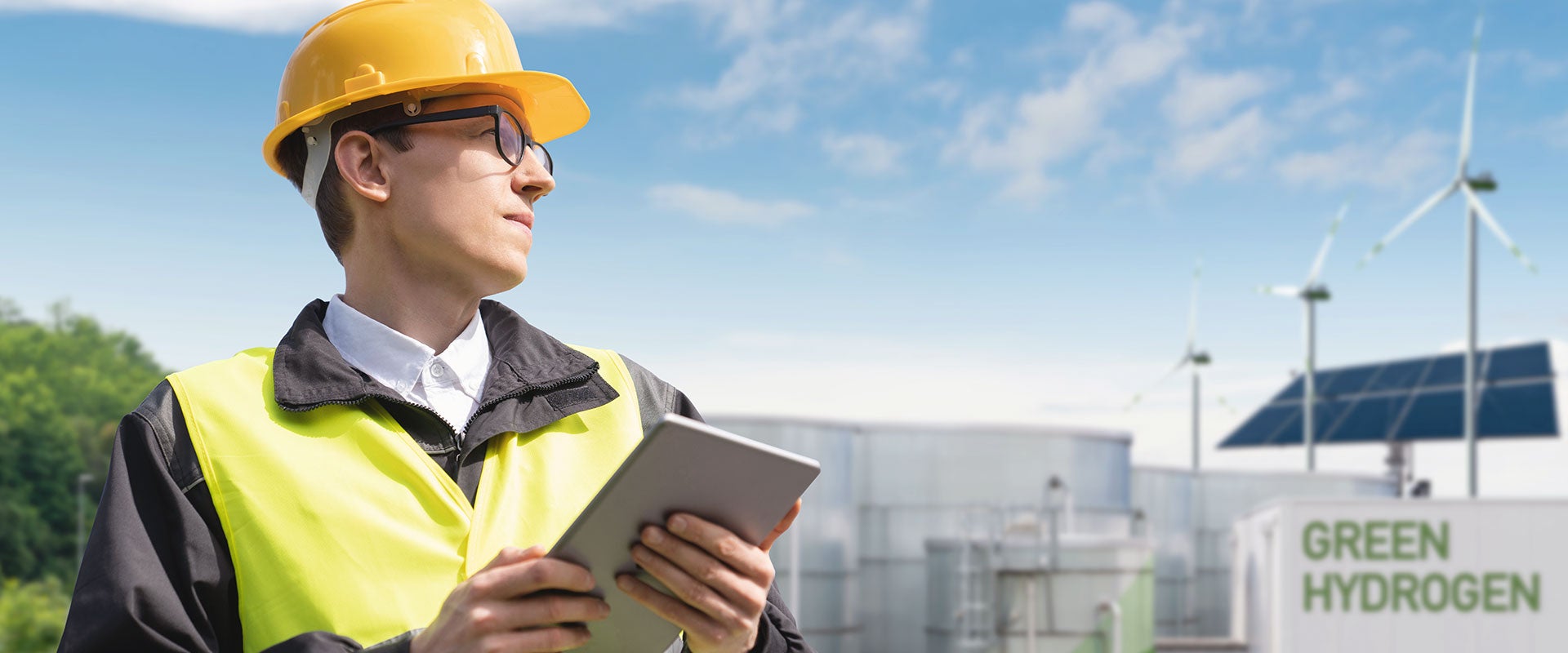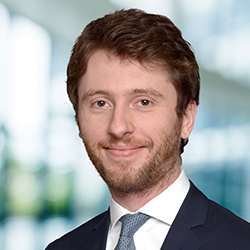That said, the availability of high-quality RDF, particularly RDF that comes from generators with no-landfill policies, is not unlimited. In many U.S. markets that we analyzed, the volumes of RDF generated by companies with more than 50 employees — which are the easiest to collect from — are insufficient to replace even 20% of traditional fuels used by local cement players.
The operating model of RDF and/or MSW sourcing should also be part of the alternative fuel agenda. A number of cement companies have been successful in creating waste management divisions that generate robust returns on capital, but they have done so over long periods of time, and when competition for feedstock was less intense than it is now. Several have faced steep learning curves in the ramp-up of their operations.
Meanwhile, as the competition for feedstock rapidly increases, industry players that do not currently have internal waste management arms may find the use of third-party suppliers to be the fastest and lowest-risk way of reaching the meaningfully higher TSRs that are quickly becoming the industry norm.
L.E.K. Consulting is a registered trademark of L.E.K. Consulting LLC. All other products and brands mentioned in this document are properties of their respective owners. © 2024 L.E.K. Consulting LLC









